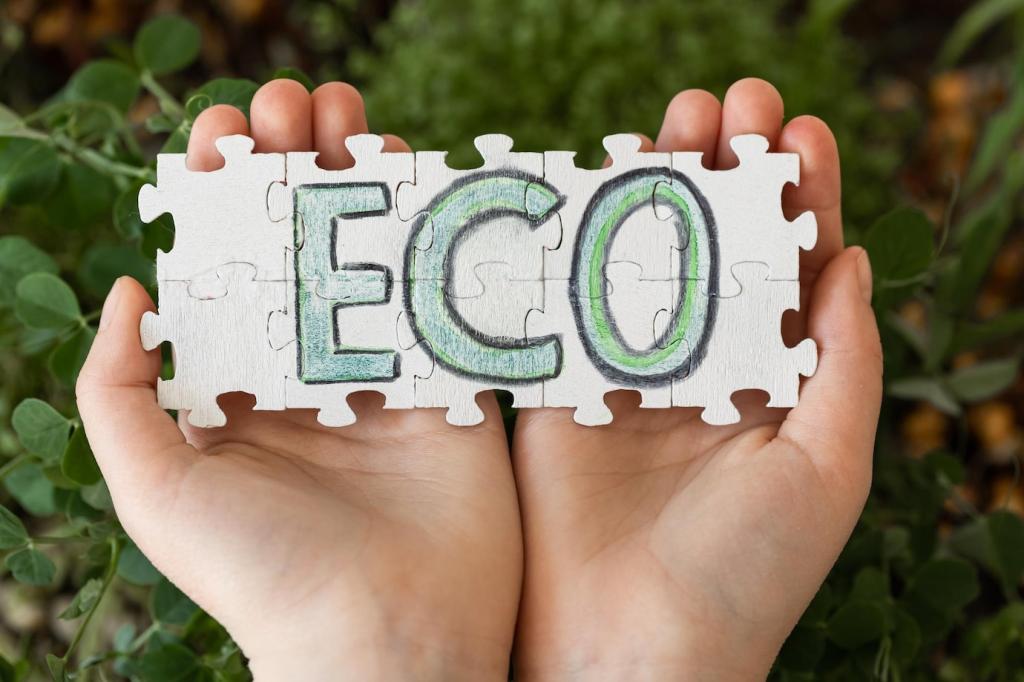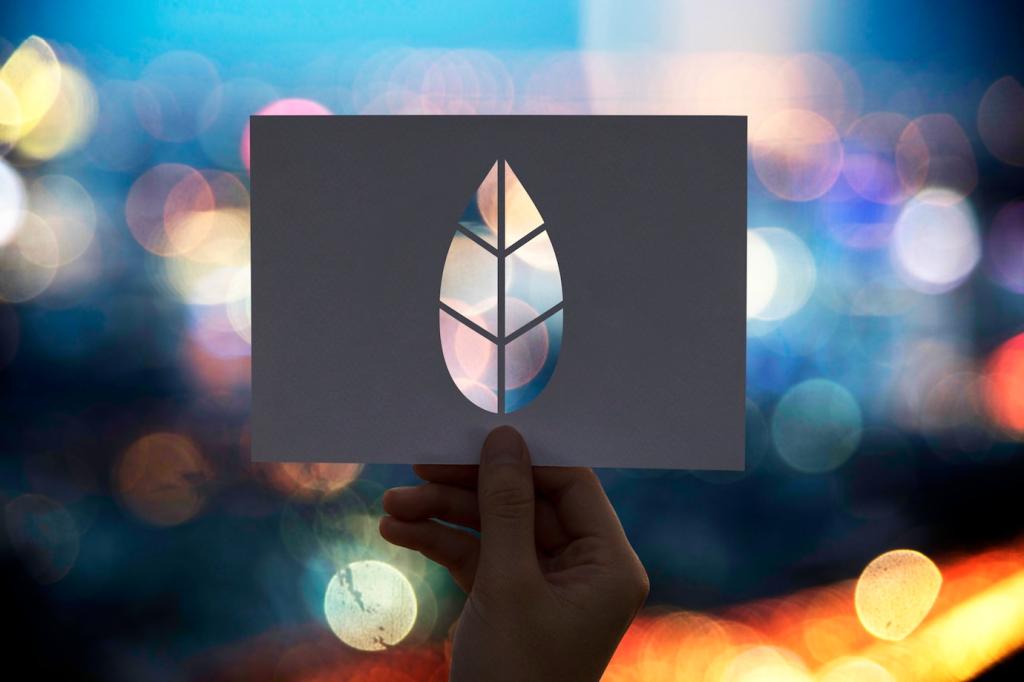
The Role of LED Lighting in Sustainable Renovations
Chosen theme: The Role of LED Lighting in Sustainable Renovations. Step into a brighter, smarter home where efficiency, comfort, and style meet. Explore how LEDs transform spaces, shrink energy bills, and make every renovation more sustainable—then join our community to share your own lighting wins.
Why LEDs Matter in Sustainable Renovations
Compared to incandescent bulbs, LEDs typically use 60–85% less electricity, delivering the same brightness for dramatically fewer watts. That efficiency compounds across rooms, months, and seasons, lowering your utility bills while reducing grid demand. Start with high-use areas first to feel immediate savings and see measurable environmental benefits.

Designing With Light: Human-Centric and Aesthetic Benefits
Color temperature and circadian rhythm
Warm, 2700K light can calm evenings and help signal rest, while cooler 3500–4000K tones can sharpen morning focus for tasks. Tunable-white LEDs let you adapt across the day, aligning light with your routines. Thoughtful color temperature choices support wellness and elevate the lived experience of every renovated room.
High CRI reveals true colors
Look for LEDs with a Color Rendering Index of 90 or higher to respect your materials and finishes. High-CRI light brings wood grain alive, makes paint hues feel accurate, and ensures artwork remains true. You’ll notice fewer strange tints and more faithful color, a subtle luxury in sustainable design.
Layered lighting that guides behavior
Blend ambient, task, and accent LEDs to create adaptable scenes: soft for winding down, focused for cooking or studying, and bright for cleaning. Dim-to-warm options add intimacy on demand. Layering reduces over-lighting, saves energy, and encourages mindful use, turning sustainability into a natural, daily habit.
Retrofit Strategies for Existing Homes
Begin with high-use lamps: kitchen, hallways, bathrooms, and exterior entries. Choose the right base (E26, GU10, or specialty), lumen output, and beam spread. Filament-style LEDs preserve classic aesthetics, while integrated fixtures offer sleek, contemporary lines. Match output to task and avoid excessive brightness that wastes energy.
Retrofit Strategies for Existing Homes
Not every LED plays nicely with every dimmer. Confirm compatibility lists, and prefer dimmers designed for LED loads. Test one room before scaling. Smooth, flicker-free dimming extends comfort and savings, letting you tune light levels for activities instead of blasting full output when it’s not needed.


Smart Controls and Daylight Integration
Occupancy and vacancy sensors
In hallways, closets, garages, and guest baths, sensors eliminate forgetfulness and phantom use. Vacancy sensors require a manual on and automatic off, giving you more control. Properly placed, they reduce hours of unnecessary lighting every week without sacrificing convenience, quietly trimming your carbon footprint over time.
Daylight harvesting, simply done
Position work surfaces near windows, bounce daylight off light-colored walls, and choose sheer shades to diffuse glare. Pair with daylight-sensing controls that dim LEDs when sunlight is abundant. This partnership keeps brightness steady while cutting consumption, creating a gentle, biophilic backdrop for everyday tasks and relaxation.
Schedules and scenes that fit life
Program morning uplift, dinner calm, and bedtime wind-down scenes. Seasonal schedules adjust automatically, saving you clicks and power. Voice or app control helps accessibility, while presets prevent over-lighting. Keep privacy in mind, and opt for local control where possible for resilience and reduced smart-home energy overhead.
Embodied Carbon, Materials, and End-of-Life
Favor fixtures with replaceable LED modules or standard sockets for future flexibility. Sturdy housings, good thermal design, and accessible drivers extend life. Avoid disposable, sealed units when a serviceable alternative exists. Align purchases with warranties and parts availability to keep materials in use, not in landfills.


Embodied Carbon, Materials, and End-of-Life
LEDs contain no mercury, but they do include electronics that deserve proper recycling. Use e-waste programs or municipal drop-offs. Keep documentation so future replacements find the correct bins. Responsible end-of-life planning ensures today’s improvements do not become tomorrow’s environmental problem, completing the sustainability loop.

Cost, Incentives, and Payback
Check your utility’s marketplace for instant discounts and mail-in rebates. Look for ENERGY STAR or DLC listings that signal performance and reliability. Incentives often favor high-CRI, dimmable, or connected options, making premium choices more affordable while pushing your renovation toward verifiable, long-term savings.
Cost, Incentives, and Payback
Replace ten 60W incandescents used three hours daily with 9W LEDs: you save about 510 watts while on, roughly 558 kWh annually. At $0.15 per kWh, that’s about $84 saved each year. If bulbs cost $4 each, payback lands well under six months—then the savings keep compounding.
Real-World Story: A Family’s LED Renovation
Before: too hot, too dim, too pricey
Marisol and Devon’s kitchen felt gloomy at night, yet the room overheated while cooking. Monthly bills stung. Their old bulbs hummed, flickered, and failed often. They suspected better was possible but dreaded complexity—until they started with a weekend LED swap and a single, compatible dimmer.
During: testing, tuning, trusting the process
They trialed 2700K LEDs over the table and 3500K for prep counters, checking glare and color. A smart vacancy sensor in the pantry removed needless on-time. Seeing stable light and cooler air, they repeated the formula throughout the house, choosing high-CRI lamps where artwork and fabrics mattered most.
After: brighter rooms, calmer bills, happier routines
Now their home glows warmly at dinner, sharpens for homework, and winds down with dim-to-warm scenes. Summer feels less stifling, and the utility app shows measurable drops in usage. Inspired, they used savings to insulate the attic. Tell us your story next—we’d love to feature your results.



